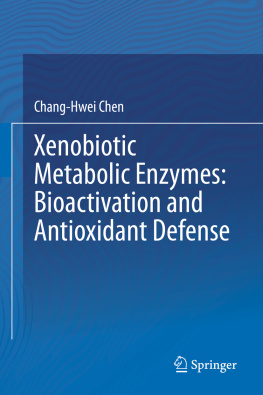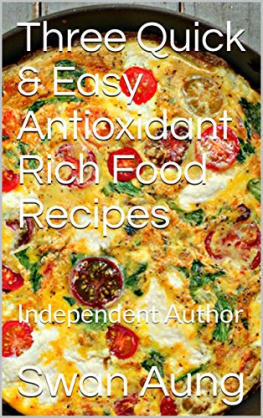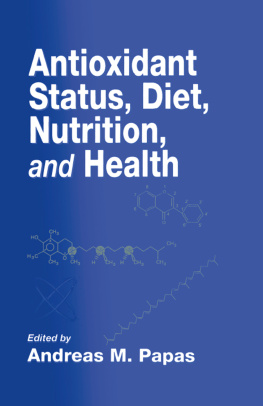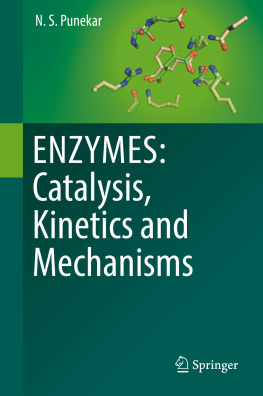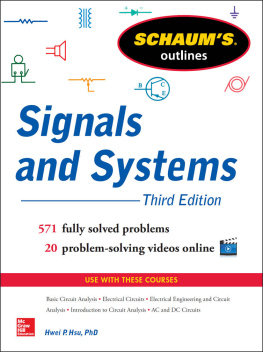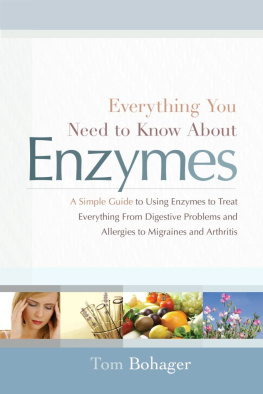Chang-Hwei Chen - Xenobiotic Metabolic Enzymes: Bioactivation and Antioxidant Defense
Here you can read online Chang-Hwei Chen - Xenobiotic Metabolic Enzymes: Bioactivation and Antioxidant Defense full text of the book (entire story) in english for free. Download pdf and epub, get meaning, cover and reviews about this ebook. year: 2020, publisher: Springer International Publishing, genre: Children. Description of the work, (preface) as well as reviews are available. Best literature library LitArk.com created for fans of good reading and offers a wide selection of genres:
Romance novel
Science fiction
Adventure
Detective
Science
History
Home and family
Prose
Art
Politics
Computer
Non-fiction
Religion
Business
Children
Humor
Choose a favorite category and find really read worthwhile books. Enjoy immersion in the world of imagination, feel the emotions of the characters or learn something new for yourself, make an fascinating discovery.
- Book:Xenobiotic Metabolic Enzymes: Bioactivation and Antioxidant Defense
- Author:
- Publisher:Springer International Publishing
- Genre:
- Year:2020
- Rating:5 / 5
- Favourites:Add to favourites
- Your mark:
- 100
- 1
- 2
- 3
- 4
- 5
Xenobiotic Metabolic Enzymes: Bioactivation and Antioxidant Defense: summary, description and annotation
We offer to read an annotation, description, summary or preface (depends on what the author of the book "Xenobiotic Metabolic Enzymes: Bioactivation and Antioxidant Defense" wrote himself). If you haven't found the necessary information about the book — write in the comments, we will try to find it.
Chang-Hwei Chen: author's other books
Who wrote Xenobiotic Metabolic Enzymes: Bioactivation and Antioxidant Defense? Find out the surname, the name of the author of the book and a list of all author's works by series.
Xenobiotic Metabolic Enzymes: Bioactivation and Antioxidant Defense — read online for free the complete book (whole text) full work
Below is the text of the book, divided by pages. System saving the place of the last page read, allows you to conveniently read the book "Xenobiotic Metabolic Enzymes: Bioactivation and Antioxidant Defense" online for free, without having to search again every time where you left off. Put a bookmark, and you can go to the page where you finished reading at any time.
Font size:
Interval:
Bookmark:
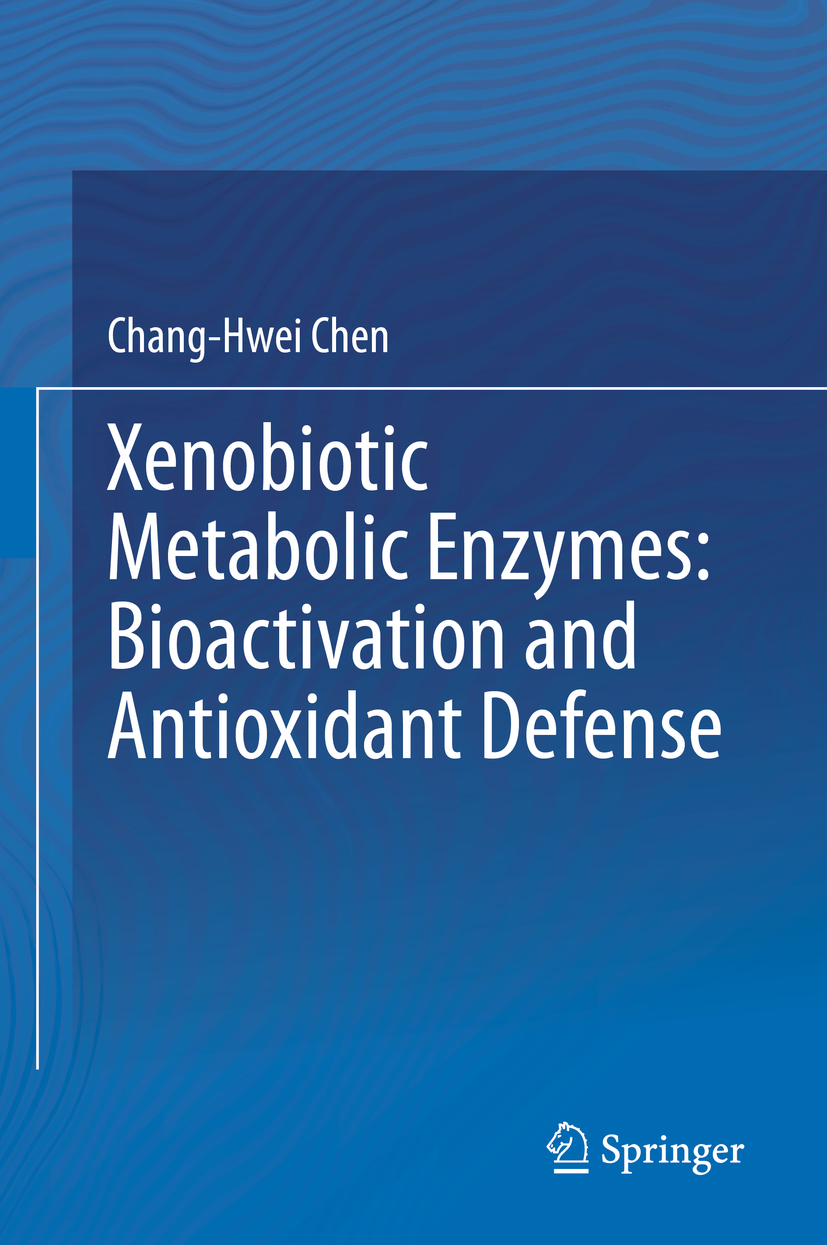

This Springer imprint is published by the registered company Springer Nature Switzerland AG
The registered company address is: Gewerbestrasse 11, 6330 Cham, Switzerland
This book is dedicated to the loving memory of my wife
Julia Hsiu-Li Chen who still inspires me in everything I do
Xenobiotics are commonly referred to as foreign compounds that humans digest or inhale and are not produced by the body, such as foods, drugs, other chemicals, and air pollutants. Metabolic conversion of foreign compounds to facilitate their removal from the body is catalyzed by activation and detoxification enzymes. These enzymes are essential for bioactivation and detoxification of foreign compounds. Many xenobiotics are non-toxic in nature; however, some of them become cytotoxic or carcinogenic after metabolic conversion. Reactive intermediates or metabolites generated during metabolic conversion are generally electrophilic in nature and are either cations or neutral compounds, including reactive oxygen species and free radicals.
Metabolic reactive intermediate-mediated oxidative stress can cause damages to cellular components such as impairment of protein functions, membrane lipid peroxidation, and formation of DNA adduct. Oxidative stress plays a crucial role in the pathogenesis processes that attribute to various disease conditions. Detoxification enzymes and antioxidants act as defense mechanisms against metabolic reactive intermediates or metabolites. Nuclear factor erythroid-2-related factor 2 (Nrf2)antioxidant response element pathway is critical to the mechanism of action of detoxification enzymes.
Important factors in contributing to individual variations in response to xenobiotics-mediated toxicity and carcinogenesis include genetic polymorphisms of metabolic enzymes, environmental factor, and lifestyle. Extensive investigations in the past decades have discovered a variety of chemical compounds that are capable of modulating metabolic enzymes for health benefits. Many of them are present in diets, such as sulfur- and non-sulfur-containing compounds, organosulfur compounds, flavonoids and carotenoids in vegetables, polyphenols and triterpenes in fruits, polyphenols in green tea, and unsaturated fatty acids in algae.
This book addresses the above subjects in broad scope with emphasis on biochemical and biomedical aspects and their recent advances. It can be used as supplemental text materials for senior undergraduates and graduate students in the areas of biochemistry, biomedical sciences, pharmacology, and environmental sciences. Researchers may also be interested in this book to gain knowledge on foreign compound metabolic enzymes and their health implications. There are 19 chapters in this book, including those that are extensively updated and revised from my 2012 Springer book. A bibliography is provided in each chapter, where references are cited for readers who wish to pursue topics in more detail.
The author wishes to thank Professor David Carpenter, Director of the Institute of Health and the Environment, University at Albany, for his encouragement and suggestions, and Professor Norman L. Strominger of Albany Medical College for his suggestions and comments. The author also wishes to express appreciation to the editorial board at Springer Nature for their assistance.
Xenobiotics are substances that are foreign to an organism and are not produced by a living organism. The Greek word xeno in the word xenobiotics means foreigner, and the word biotic refers to belonging to life or relating to living things. Humans are constantly exposed to foreign compounds, including foods , drugs, other chemicals, and cigarette smoke . Foods are consumed to supply essential nutrition and to provide energy to maintain life. Drugs are chemical substances used in treatment, diagnosis, or prevention of diseases. Antibiotics and hormones are applied to raise chicken, cattle, and pig. Other chemicals such as fertilizers are utilized to grow agriculture products. Preservatives are used to food industries. Organic solvents are applied in household as cleaning products. Pollutants including smokes are released into air from industrial factories.
Some of the foreign compounds are water soluble ( hydrophilic ), while a wide range of them are not soluble in water (lipophilic). After their digestion and inhalation in the body, metabolism of foreign compounds is a major challenge. This challenge is achieved by low specificity metabolic enzymatic systems, which make it possible to metabolize a wide range of foreign compounds, either hydrophilic or lipophilic. Metabolic enzyme-catalyzed reactions are essential in facilitating the elimination of foreign compounds from the body.
Metabolic enzymes produced from information stored in the genes play central roles in biotransformation and detoxification of foreign compounds. Before they are excreted from the body, foreign compounds undergo two distinctive metabolic processes, which are generally classified as activation metabolism ( phase I ) and detoxification metabolism ( phase II ). Lipophilic compounds need to go through both activation and detoxification processes, while hydrophilic compounds can bypass the step of activation.
Font size:
Interval:
Bookmark:
Similar books «Xenobiotic Metabolic Enzymes: Bioactivation and Antioxidant Defense»
Look at similar books to Xenobiotic Metabolic Enzymes: Bioactivation and Antioxidant Defense. We have selected literature similar in name and meaning in the hope of providing readers with more options to find new, interesting, not yet read works.
Discussion, reviews of the book Xenobiotic Metabolic Enzymes: Bioactivation and Antioxidant Defense and just readers' own opinions. Leave your comments, write what you think about the work, its meaning or the main characters. Specify what exactly you liked and what you didn't like, and why you think so.

